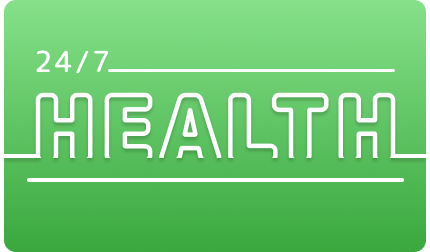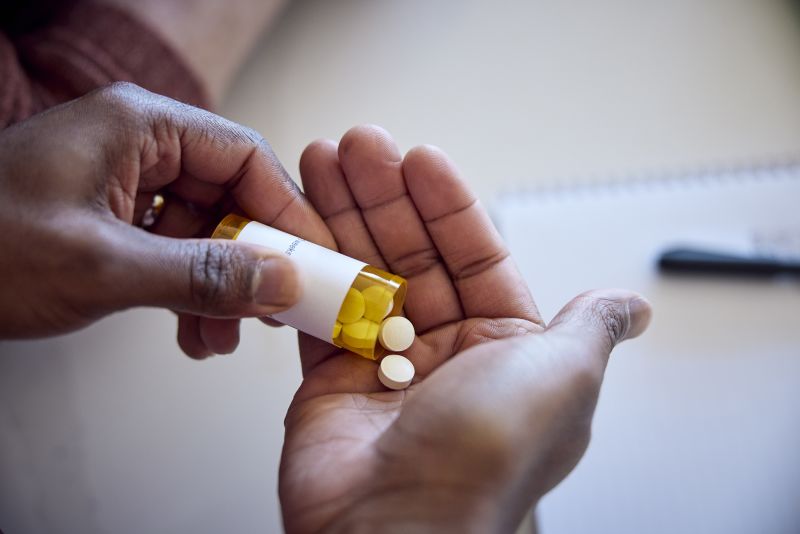Prescriptions for medications used to treat attention-deficit/hyperactivity disorder (ADHD) – including stimulants – increased significantly during the Covid-19 pandemic, especially among young adults and women, according to a new study.
There were about 5.9 million new prescriptions for stimulants in the first two years of the Covid-19 pandemic, about 700,000 more than in the two years before the pandemic started – a 14% spike – according to the study, published Wednesday in the journal JAMA Psychiatry. New prescriptions for other ADHD medications jumped 32% to nearly 1.4 million prescriptions between April 2020 and March 2022, compared with just over 1 million prescriptions between April 2018 and March 2020.
Prescriptions for other behavioral health needs – including antidepressants, benzodiazepines and buprenorphine for opioid use disorder – did not change significantly in that timeframe.
For this analysis, researchers from the US Food and Drug Administration analyzed data from the IQVIA National Prescription Audit, which captures the vast majority of prescription drug activity nationwide – from retail, mail-order and other providers and for people who paid cash or were covered by insurance. Prescriptions were considered to be new if a person hadn’t received a prescription for the same medication for at least a year.
An earlier analysis from the US Centers for Disease Control and Prevention found that prescription fills for stimulant surged in 2021 after holding relatively steady from 2016 to 2020.
Overall, that CDC analysis of private insurance records found that more than 4% of people ages 5 to 64 had filled a prescription for a stimulant in 2021, up from 3.8% in 2020. It also found that the largest annual increases in 2021 were among women in their 20s and 30s.
The FDA announced a shortage of Adderall, a common stimulant used to treat ADHD, in October 2022, and a spokesperson for the agency said in February that after a manufacturing delay was resolved, the shortage had become “demand-driven.”
In August, federal agencies called on drugmakers to boost manufacturing and on health care providers to closely monitor prescribing practices to help ease the shortage. In a joint letter, leaders from the FDA and Drug Enforcement Administration wrote that a surge in prescriptions for stimulant drugs in recent years, coupled with the residual effects of manufacturing delays, are among the “many factors” contributing to the shortage.





